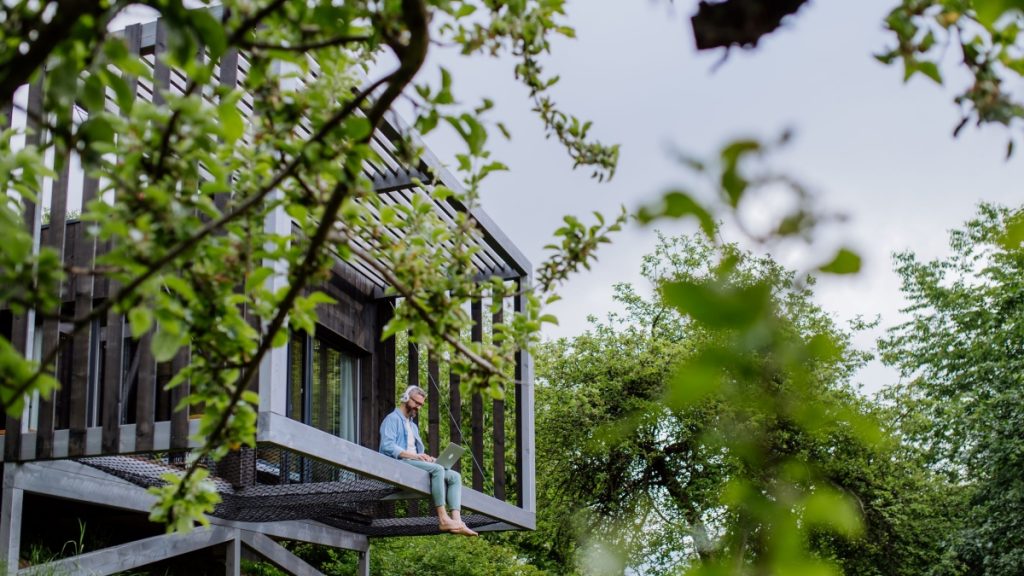Biodiversity Net Gain or BNG is the net increase in biodiversity (i.e., the variety of creatures in the natural world, including plants, animals, insects, and microorganisms) following a development. According to the new environmental regulation that will kick in starting 2024, to deliver the net gain for any new development, developers must add 10% to the biodiversity lost due to the development activities and replace any species lost.
In other words, the environment should be in a better overall state after the development project than it was before. The obligation to produce the necessary net benefit by the development’s completion date and maintain the corresponding habitat augmentation or creation for 30 years will have significant consequences for developers.
According to the Biodiversity Net Gain Booklet for developers, when planning a development, developers must consider whether their plans will result in a net increase in biodiversity on the site. Wherever possible, the government prefers that developers supply the BNG on-site. If a developer cannot fulfill all of its BNG responsibilities on site, they can use off-site upgrades or acquire biodiversity credits as a last resort.
Options for on-site enhancement of Biodiversity Net Gain
BNG land improvement may need a sizable amount of land, especially when working with grassland because it must comply with the current land usage. The following are some ideas for improving the present habitats on the site:
- Building ponds
- Planting wildflower meadows
- Planting trees and woods
- Establishing hedgehog highways
- Building green roofs
- Installing bird and bat cages.
The density and architecture of the site, the quantity of necessary biodiversity units, and the amount of biosphere already present will all significantly impact whether the entire Biodiversity Net Gain can be supported on-site. Developers should also consider that, in addition to managing the BNG on-site, they will also be in charge of maintaining and overseeing the habitat that has been established for the entire 30-year period that is necessary.
Options for Off-Site Enhancement
If developers cannot fulfill their BNG duties entirely on-site, they should look at off-site possibilities in the vicinity, ideally within the same local authority region. Off-site property closer to the actual site will score higher than a farther away location. It is, therefore, advantageous for developers to locate the locations of their off-site modifications as close to home as feasible. Options for off-site improvement include establishing and maintaining habitats on more land.
Buying statutory Biodiversity Net Gain credits
The third choice is to buy statutory BNG credits or units, which can be used to finance habitat improvements off-site or purchase land interests to complete enhancement projects. Nonetheless, the government’s statutory biodiversity credits are only offered as a last resort, and it is anticipated that their cost would be set to promote the off-site private BNG market.
Payment for these credits will cover the improvements’ initial cost and the landowner’s 30-year maintenance obligations. For example, converting arable land to wildflower meadows could be one of these improvements.
A key takeaway
A legal agreement is involved in each land sale, so it’s essential to have good guidance from experts who understand the big picture.




